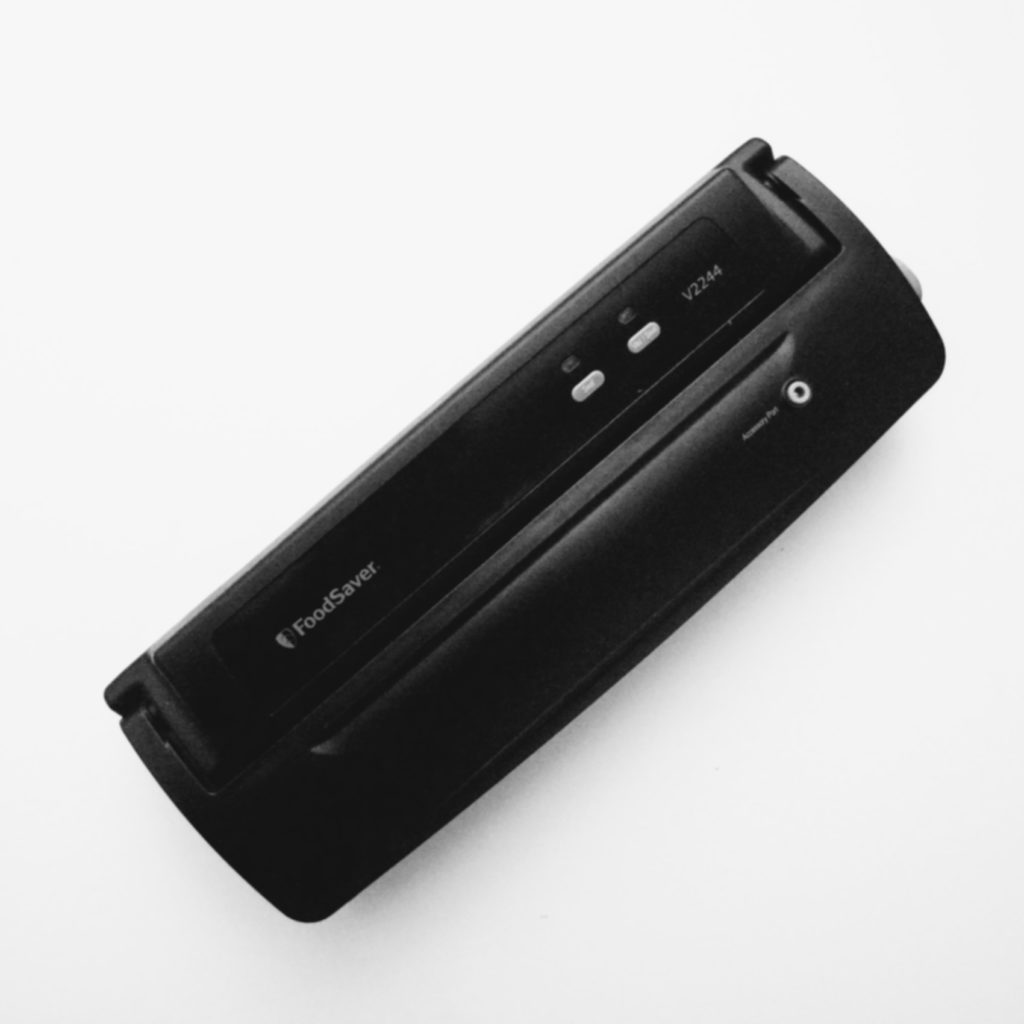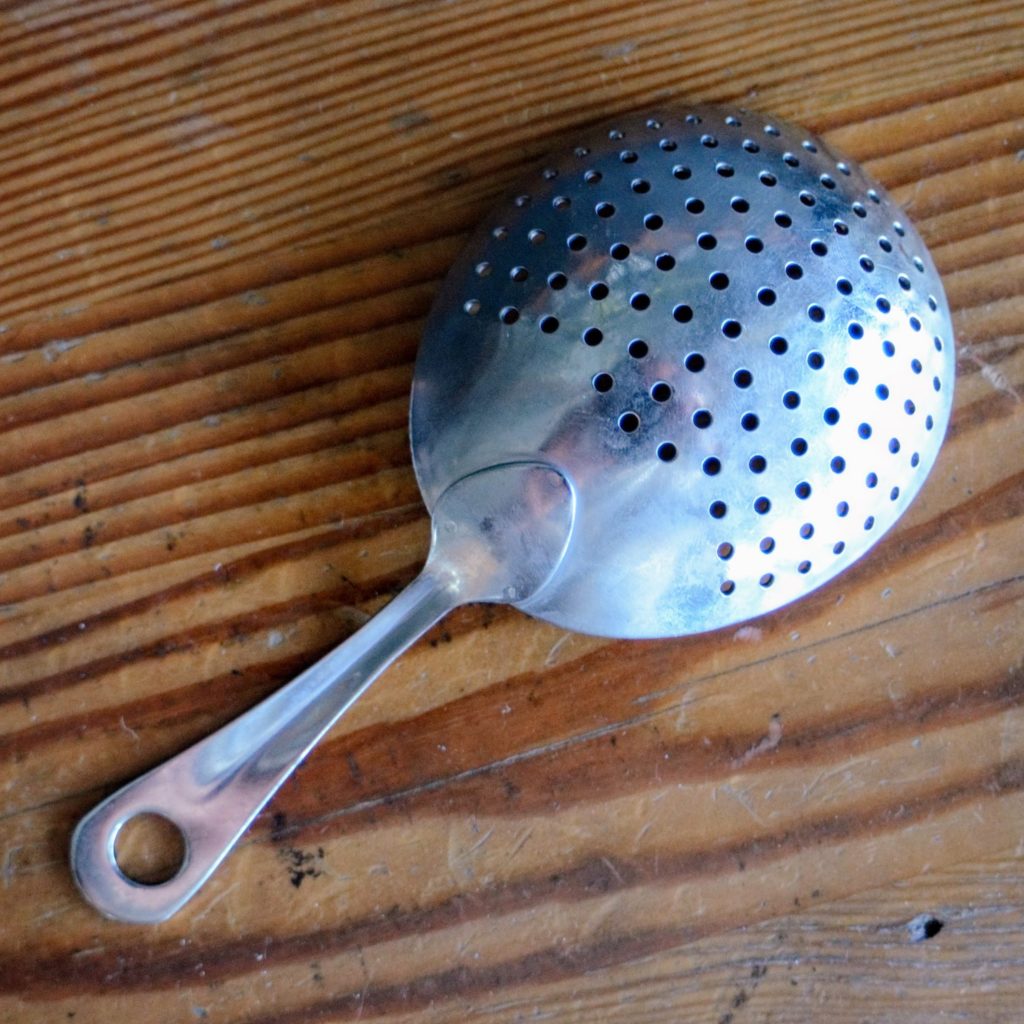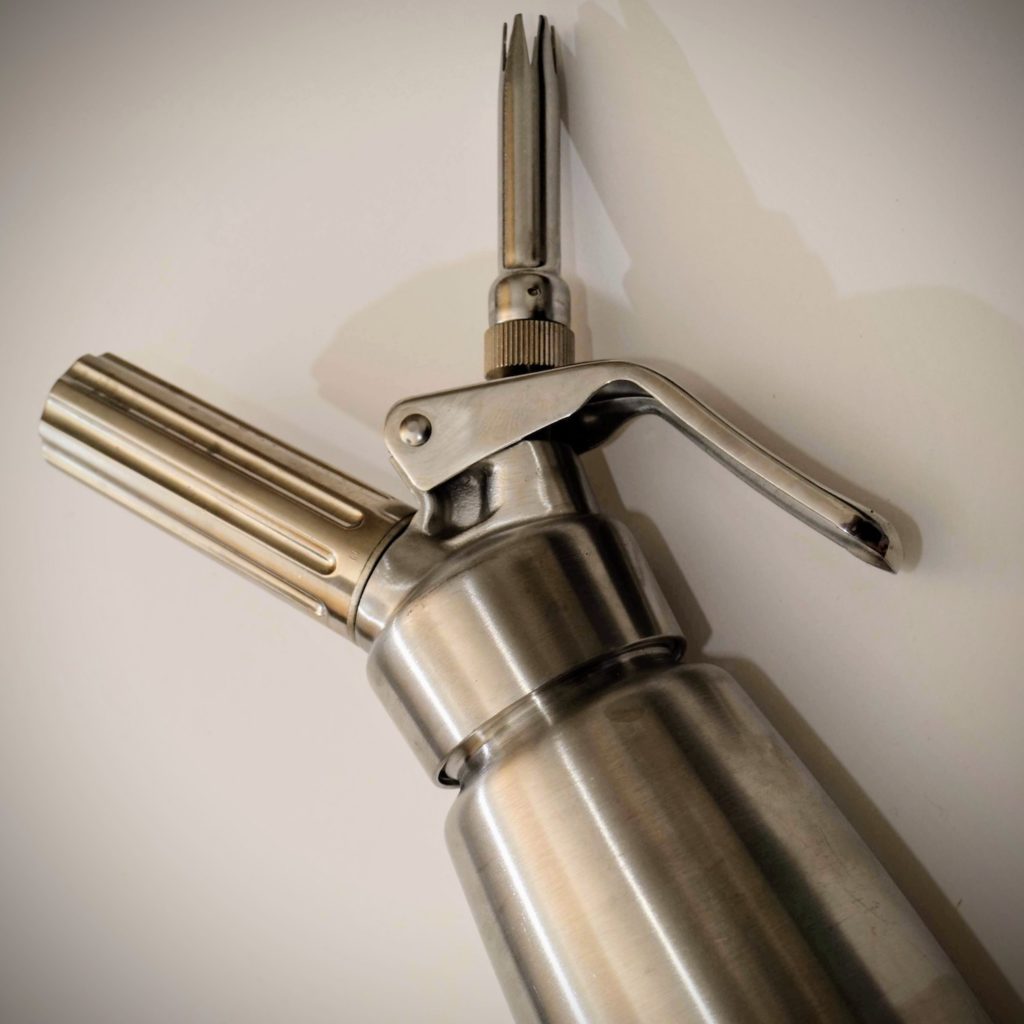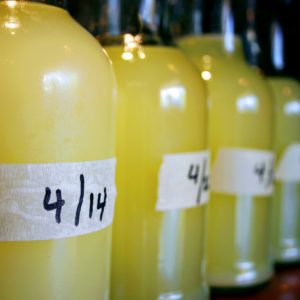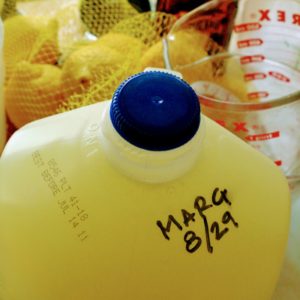I have the good fortune of running some pretty well known bars. Because of that I have the misfortune of being regularly subjected visits from self-proclaimed cocktail snobs. A few weeks ago we were treated to yet another such young gentleman who took it upon himself to critique my staff. I listened as he chastised one of my bartenders for serving a Whiskey Sour (a drink we make with a dollop of egg whites) on the rocks. The horror! You don’t put a drink with egg whites on the rocks! That’s not how it should be done!
Authenticity has been a buzzword in the craft cocktail revival. In this quest for authenticity, we restrict ourselves with a fealty to historical accuracy, and often at the expense of a good drink. A recipe, an idea, a cocktail, does not become frozen in time because that’s how a book first printed in 1862 says something should be done. I understand that cocktails lost their way for a few decades and became filled with artificial colors and flavors, and that required a course correction. We did need to look back to old books like Jerry Thomas’ Bar-Tender’s Guide to course correct all the bad habits we’d learned when it came to making drinks. But these aren’t edicts handed down from upon high, they are guidelines for us to innovate around. It’s time for the cocktail snobs to stop being so pedantic.
Back to that Whiskey Sour that one gentleman had a problem with. To be completely faithful to the original recipe, we’d have to serve it in a sour glass. A sour glass probably isn’t what you think it is; it looks like a miniature wine glass. It’s got a stem, and it’s small enough to accommodate a whiskey sour served without ice.
But I think about the 90% of people who aren’t used to seeing their Whiskey Sour in a tiny little stemmed glass. I think of the people who, like myself, have been drinking whiskey sours on the rocks since college. And I think about how odd it must seem to walk into a bar, order a familiar drink, and have it served in an unfamiliar way.
There are more examples. Take the Old Fashioned, for instance. Bartenders the world over with two years’ experience will lecture you endlessly about the proper way to serve an Old Fashioned, which they would never deign to serve with muddled cherry and orange. Because that’s now how the drink is served, right?
But what about the millions upon millions of people who have enjoyed a muddled Old Fashioned for the past eighty some-odd years, and who currently enjoy them still to this day? And how do you account for generations of Wisconsinites who have not only turned the muddled Old Fashioned into its own thing, but literally kept the drink alive for decades when nobody else cared about it? Do we suddenly tell them they’re drinking it wrong? Good luck with that.
I, myself, have had to take some heat for the occasional unorthodox executive cocktail decision. Believe it or not, my Amaretto Sour, which I shared with the world in an attempt to rescue a drink I felt deserved a second chance, was criticized by some for straying too far from the original. But they way I saw it, there was nothing authentic or venerable about the original recipe: it’s amaretto and sour mix—there’s nothing to celebrate there.
I’ve also received some heat (no pun intended) from my good friend David Wondrich for taking liberties with the Hot Toddy. If I were to stick to the strict definition as found, again, in the Jerry Thomas Guide, we’d be serving brandy with a teaspoon of sugar and boiling water. Oh, and a little nutmeg on top. Certainly not any of our bar guests’ idea of a spicy winter warmer.
But all of this is to some degree flexible, I feel. Ten years ago when we were perfecting that Whiskey Sour recipe, I instructed my bartenders to garnish the drink with an orange wedge and a cherry, because I knew people were going to have a hard time selling the drink to people who had been consuming whiskey and sour mix garnished with a bright red cherry. And we did. But now we finish the drink with a simple lemon twist, as is spelled out in the original recipe.
Because I think this idea of authenticity is flexible over time. Tastes are in a constant state of flux, and what was “authentic” a decade ago is less authentic today. This idea of food and drink, or art, or music being frozen in time is just ridiculous. We change and evolve on even a daily basis, is staying ahead of the curve and knowing your audience just as important as being well-educated in the history of cocktails? I would argue that it is.
So while some of us want to restore the cocktail to its proper place as the United States’ greatest contribution to the culinary world, we’re forced to confront our responsibility of deference to history. And authenticity will become a more and more hotly debated topic as we push on. But personally, I think some folks simply have a little more authority to bend the rules than others. I will always take a Wisconsinite bartender’s Old Fashioned, and I still think serving a Whiskey Sour in a little wine glass looks pretty darn silly.


